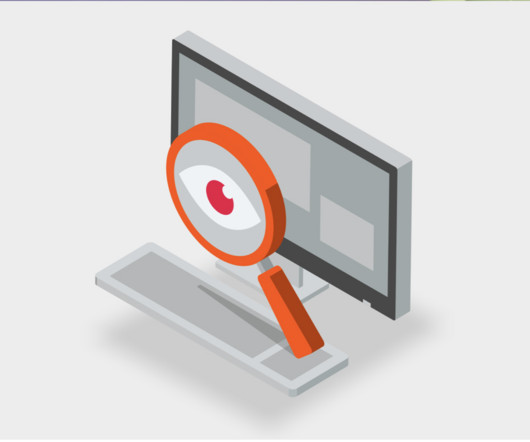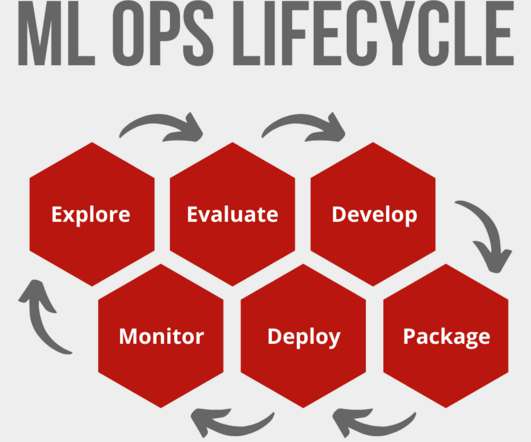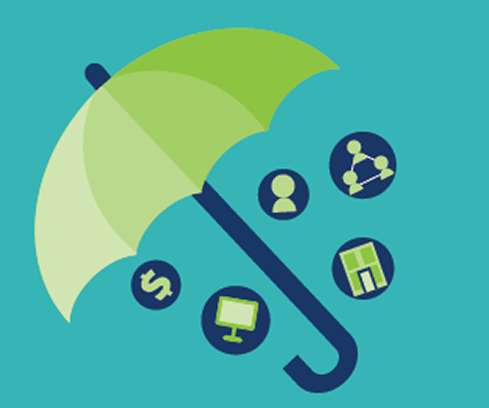How to Implement Threat Modeling in Your DevSecOps Process
Pure Storage
AUGUST 3, 2023
How to Implement Threat Modeling in Your DevSecOps Process by Pure Storage Blog This blog on threat modeling was co-authored by Dr. Ratinder Paul Singh Ahuja, CTO for Security and Networking, and Rajan Yadav , Director of Engineering, CNBU (Portworx), Pure Storage. Dr. Ahuja is a renowned name in the field of security and networking.
















Let's personalize your content